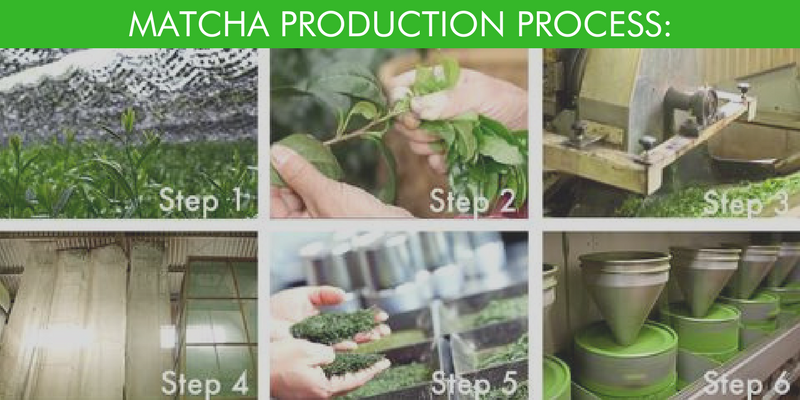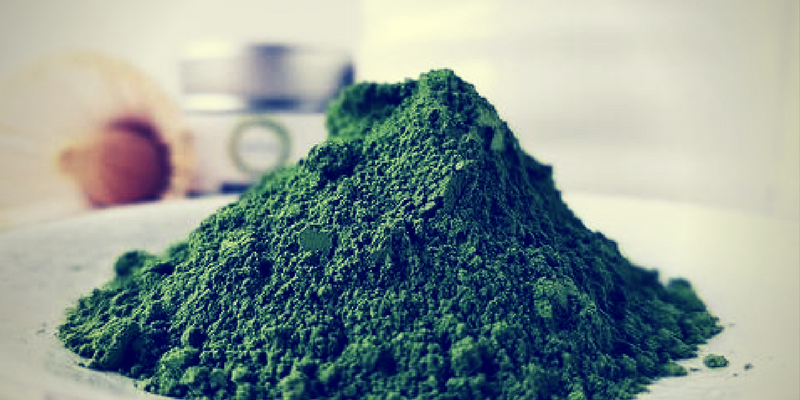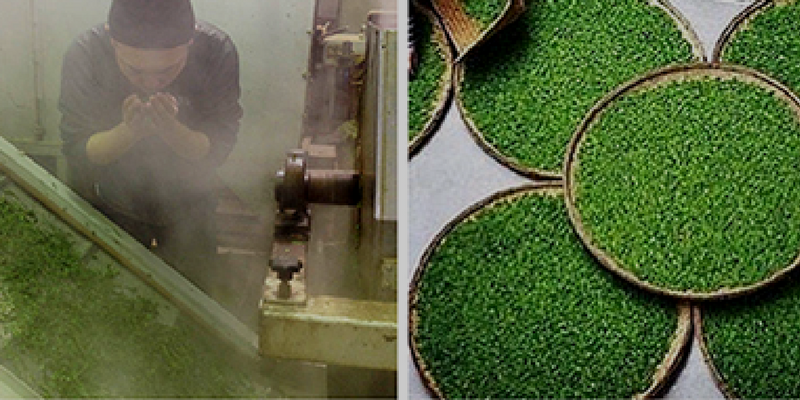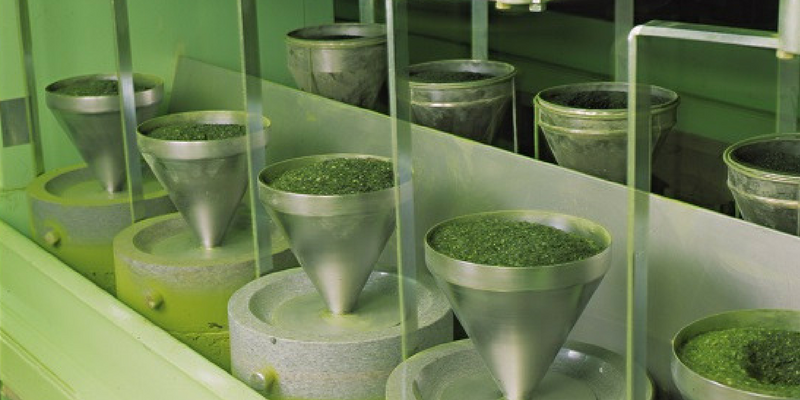
Matcha Production Process – How matcha is made
Share
Matcha Production Process – How Matcha is Made
What exactly is matcha and how is it produced?
If you’re relatively new to matcha and want to know more about where it comes from and how it’s produced, you’re in for a treat.

What is Matcha?
Matcha is a special type of green tea powder that is grown and produced in Japan. Japanese tea farmers are the exclusive producers of authentic matcha powder, even though it's grown all over the world.
Matcha comes from camellia

Unlike other teas, the key to matcha's prestigious reputation is due to its 800-year-old cultivation and production traditions. Authentic matcha producers are still
Most of all, you get almost all the vitamins and minerals when drinking (or eating) matcha. Because matcha is straight, stoneground whole tea leaves, it delivers the most nutrients and has a far higher potency.
What are the processes for matcha production?
Matcha production and cultivation is not just a delicate task, but also an art of its own. Below is a step-by-step guide that explains the matcha production process — from the farm to your bowl or cup. This will also help you understand why this green tea powder is relatively more expensive than any other green teas.

1. Shade Grown: The tea leaves undergo a shading process, where they are covered by bamboo mats or rice straws mounted on top. These covers protect the leaves from direct sunlight and changes the natural balance of caffeine,

2. Hand Picked: Hachijuhachiya marks the beginning of the year’s first tea picking, which typically occurs during spring or mid-April to mid-May. The harvesters pick only the youngest and greenest tea leaves. According to connoisseurs, these tea leaves from the first harvest have the absolute finest quality, compared to the second harvest which occurs 40-45 days after.

3. Steamed and Air Dried: Once the leaves are harvested, they immediately undergo a steaming process that lasts for roughly 20 seconds. This is done to prevent the leaves from oxidizing. Furthermore, it enables the leaves to retain its vibrant green color along with the amino acids and other nutritional components. The leaves will then pass through a blower to eliminate the moisture condensation. Additionally, the tea processors now crush the dried tea leaves for easy sorting/de-stemming. The raw material produced after this stage is referred to as

4. De-stemmed and Graded: Before the tea leaves are stone-ground into rich green matcha powder, they are de-veined and de-stemmed to ensure only the finest leaves are grounded into matcha. Tea processors will now sort them into containers according to color, texture, and aroma; and will add in hot water to the tencha to grade the quality of the tea. After grading, the tea will undergo its proper labeling. Finally, the processors will now store the teas in a refrigerated room where it can maintain its quality.

5. Grounded into Matcha: Finally, the last step in the matcha production process is the grinding. Tea processors
Want to Know More About the Health Benefits of Matcha?
You can read this blog post to learn more about the amazing health benefits of incorporating matcha into your daily routine...



